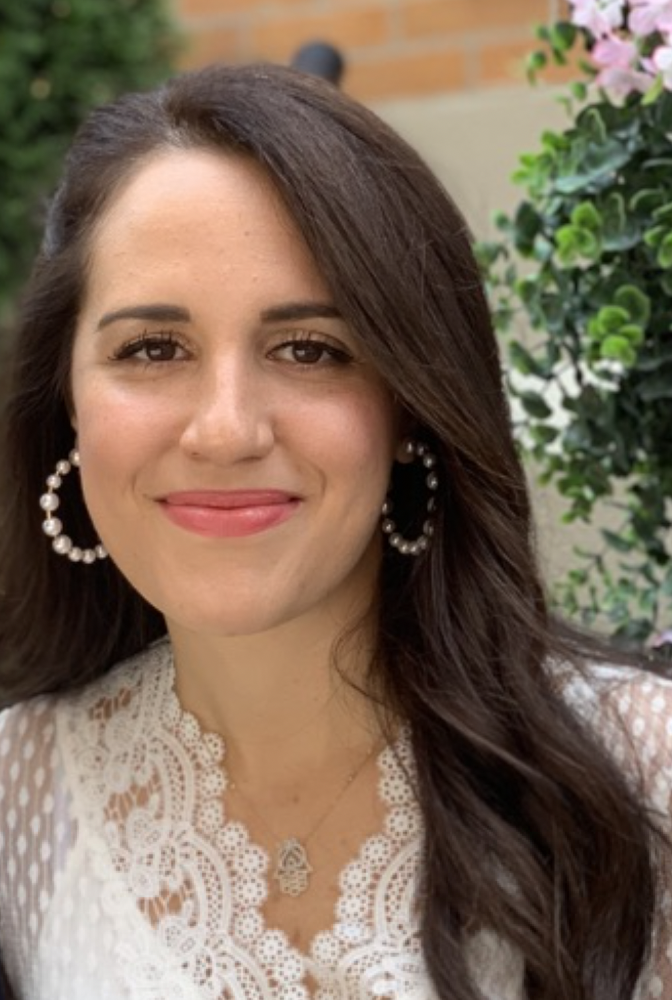
 Cardionerds: A Cardiology Podcast
Cardionerds: A Cardiology Podcast 1. Aortic Stenosis: Case Discussion
24 snips
Dec 11, 2019 Dr. Heather Kagan, an internal medicine resident at Johns Hopkins with a focus on cardiology, joins the discussion on aortic stenosis. She dives into a 57-year-old woman's case, examining her dyspnea and the complex cardiac causes. The conversation highlights crucial aortic stenosis metrics from echocardiograms and the challenges of low flow, low gradient cases. They also navigate the evolving landscape of aortic valve replacement options and discuss comprehensive management strategies, balancing humor with serious insights into patient care.
AI Snips
Chapters
Transcript
Episode notes
Dyspnea Evaluation
- Consider cardiac, pulmonary, and hematologic etiologies for dyspnea.
- Symptomatic fluid overload suggests a cardiac cause, possibly heart failure.
Aortic Stenosis Pathophysiology
- Severe aortic stenosis involves a tight valve (structural) and high pressure gradients (hemodynamic).
- High gradients strain the left ventricle, necessitating high LV pressure even for normal systemic pressures.
Aortic Stenosis Physical Exam
- A delayed carotid upstroke, sustained apical impulse, late-peaking murmur, and diminished S2 suggest severe AS.
- Absence of apical-carotid or brachioradial delay argues against severe stenosis.





